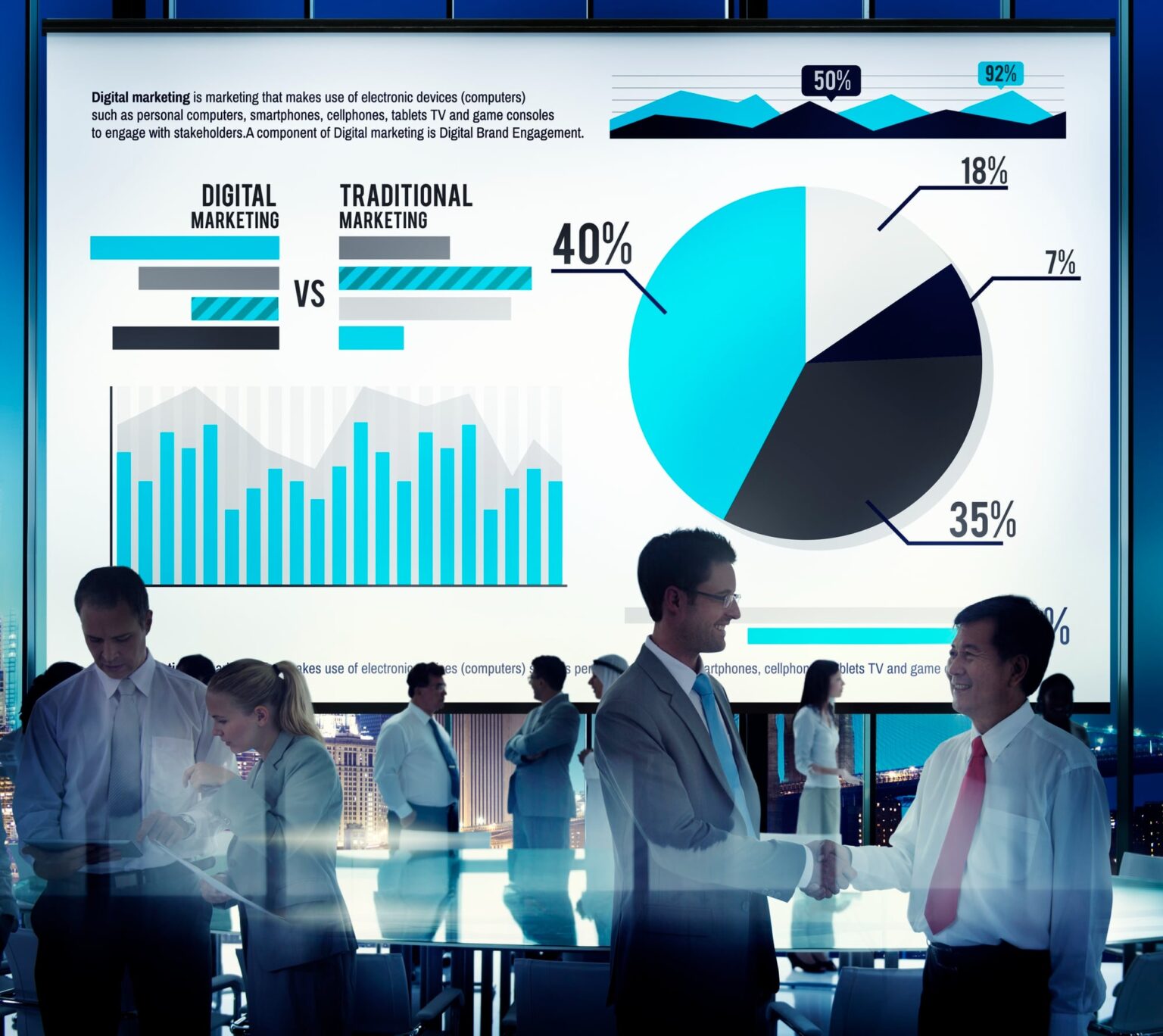Data analytics plays a crucial role in understanding consumer behavior and trends by analyzing large volumes of data to extract meaningful insights. By harnessing data from various sources, including customer interactions, online behavior, social media, and market research, organizations can gain valuable audience insights that inform their decision-making and marketing strategies.
Data analytics allows businesses to uncover patterns, trends, and correlations in consumer data. It can reveal valuable information about customer preferences, purchasing behavior, demographics, and psychographics. By analyzing this data, businesses can understand what drives consumer choices, identify emerging trends, and make data-driven decisions to better meet customer needs.
One key application of data analytics in understanding consumer behavior is market segmentation. By analyzing consumer data, businesses can group customers into distinct segments based on shared characteristics, such as age, income, interests, or purchase history. This segmentation helps businesses tailor their marketing messages, products, and services to specific customer groups, increasing the effectiveness of their marketing efforts.
Data analytics also enables organizations to track and measure consumer engagement and sentiment. By analyzing customer interactions, social media mentions, and online reviews, businesses can gain insights into customer satisfaction, sentiment, and brand perception. This information helps them identify areas for improvement, address customer concerns, and refine their marketing strategies.
Moreover, data analytics facilitates predictive modeling and forecasting, enabling businesses to anticipate consumer behavior and trends. By analyzing historical data, businesses can develop models that predict future customer preferences, demand patterns, and market trends. This information allows organizations to proactively adjust their strategies, optimize inventory management, and stay ahead of changing consumer needs.
Data analytics is also instrumental in personalizing the customer experience. By leveraging customer data, businesses can deliver targeted and relevant marketing messages, recommendations, and offers to individual customers. This personalization enhances customer satisfaction, loyalty, and engagement.
Furthermore, data analytics enables organizations to evaluate the effectiveness of their marketing campaigns and initiatives. By analyzing data on customer response rates, conversions, and ROI, businesses can measure the impact of their marketing efforts and optimize their strategies accordingly.
It is important to note that while data analytics provides valuable insights, organizations must also consider ethical considerations, data privacy, and comply with relevant regulations to ensure the responsible use of customer data.
In summary, data analytics plays a vital role in understanding consumer behavior and trends by analyzing large volumes of data. It helps businesses gain insights into customer preferences, segment their target audience, track sentiment, predict future trends, personalize the customer experience, and evaluate marketing effectiveness. By leveraging data analytics, organizations can make informed decisions, improve customer engagement, and stay competitive in dynamic markets.



